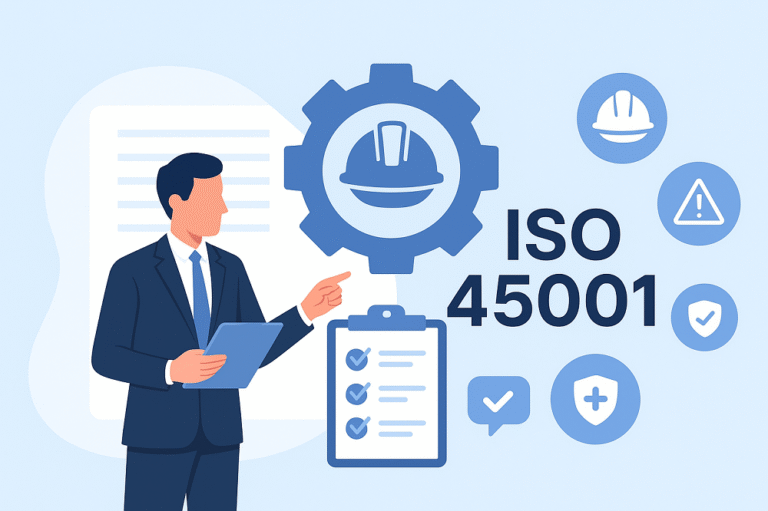
Training looks simple from the outside. You create material, share it with the team and hope they absorb it. In reality, it rarely works that way. Employees lose track of files, managers chase updates and training becomes a slow-moving process.
That is why many companies turn to LMS platforms. They create structure, save time and keep learning consistent across the board. For leaders, understanding these systems is no longer optional. It is essential.
Picking the Right Platform
Every business leader faces the same question at some point: how to choose the right LMS platform without wasting time and money. The market is crowded with options, and each one claims to be the best.
The first step is to look at your company’s size, goals and culture. A startup may not need the same features as a multinational corporation. The right fit balances functionality with simplicity. Too many features can overwhelm and slow adoption. Too few can limit growth and frustrate managers.
It is worth testing demos, asking for employee feedback and checking how the system scales over time. The decision should always connect back to how it supports learning and how it drives business outcomes.
Why Integration Matters
An LMS should not sit in isolation. It needs to work with the systems you already use. HR tools, payroll and project software all connect with training at some point. Integration makes that process smooth and removes duplicate work. Employees log in once, data flows without extra steps and managers get clear reports.
Without integration, tasks pile up. Leaders end up managing two or three disconnected systems. That wastes time and creates frustration. Seamless integration keeps training efficient and aligned with the bigger picture. It also helps employees trust the system because everything feels like part of the same workflow.
The Value of Data
Data is one of the hidden strengths of an LMS. Leaders often think of training as something soft and hard to measure. An LMS changes that perception. It tracks course completion, quiz scores and employee progress in real time. That data turns into insights about skill gaps, learning habits and overall performance.
Leaders can see what works and what needs improvement. Training evolves based on facts instead of assumptions. Over time, this data-driven approach helps businesses save money by focusing only on what delivers results. It also supports talent development because managers know exactly where employees need extra support.
Making Learning Engaging
Employees often dread training because it feels dull. An LMS can fix that if used well. Interactive modules, videos and gamified elements keep attention high. Employees enjoy a sense of progress when they complete lessons or earn badges. Short lessons fit into busy schedules and keep learning fresh.
Engagement is not just about fun. It increases retention and makes employees more likely to apply what they learn on the job. A system that creates engagement pays for itself many times over. Leaders who prioritize engagement see stronger participation, better skill-building and higher satisfaction across teams.
Flexibility for Modern Teams
Today’s work is not confined to one office. Teams are scattered across various places and time zones. A powerful LMS provides employees with the ability to access training whenever and wherever they need it. Staff who are working remotely stay coordinated and field employees do not miss anything. Flexibility means that all people receive an identical learning experience regardless of their location.
That consistency keeps the culture strong while still allowing employees to learn in their own way. Many LMS platforms also support mobile learning which means employees can train during travel, breaks or downtime. For them, that flexibility is a powerful advantage.
Compliance and Risk Management
Compliance is one area where mistakes can be costly. Laws and policies change, and employees need updates right away. An LMS helps leaders manage compliance without the stress. Courses can be assigned instantly, reminders go out automatically and records stay organized. During audits, reports are ready in seconds.
That reduces risk and creates peace of mind. Leaders do not need to worry about missed deadlines or overlooked rules. The system takes care of the details. Some LMS platforms even update industry-specific compliance modules automatically which makes it easier to stay current in regulated fields.

Building a Culture of Learning
An LMS does more than deliver content. It helps build a culture where learning becomes part of the daily routine. Employees see that training is not an occasional event but an ongoing process. They know their company values growth and wants them to succeed.
That culture builds confidence and drives motivation. It also prepares teams for change. When new tools or processes roll out, employees adapt faster because they are used to continuous learning. A culture of learning is one of the strongest assets a growing business can have.
The Takeaway
An LMS is not just a tool for training. It acts as a base for growth in the long run. This helps employees to be ready for any hurdles and keeps the business flexible. When leaders learn how to select, combine and make the most of an LMS, they provide their company with a competitive advantage.
The right platform builds stronger teams, reduces risk and creates a workforce that is always evolving. In a competitive world, that mindset becomes a key advantage. Businesses that invest in it today are the ones that stay ahead tomorrow.






